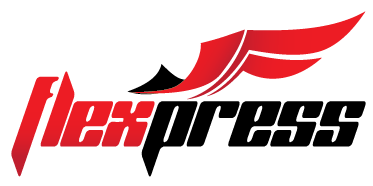Uncategorized
Digital vs. Offset Printing
“When is a job better suited to digital vs. offset printing?” It is a common question. And also one with constantly changing answers.
In the past the arguments for offset used to be very easy to rattle off: better resolution/quality; the ability to use PMS colors rather than rely solely on CMYK; more paper options; larger sheet size; better cost per unit on long runs. But technology is moving at an amazing speed and digital presses are putting those arguments to rest. Digital press resolution is improving to the point that the naked eye has difficulty seeing the difference in dpi. There are now digital presses on the market capable of printing actual PMS colors – as well as white ink, which was unheard of only a short time ago. As noted in a previous blog of ours, paper is no longer limited to plain white bond. Specialty papers in various weights and finishes, even plastic, print beautifully on our iGens. As for sheet size, that is expanding, too. The largest digital press currently on the market can take a 13”x47” sheet!
That leaves the matter of the size of the job. Historically, digital printing has been the choice for short runs. The ease of set up not only means quicker turn times, it means greater efficiency. There is no dependence on a long run to make up for the excess waste of materials and time to get the presses up to speed so the cost is much lower at small quantities. That said, at what point does the size of the job cause the cost effectiveness scales to tilt in favor of offset? Wait for it …
… it depends.
It depends on the presses and it depends on the job. But we have a feeling the magic number might surprise you. In our experience it is generally about 5,000 single pieces. That number shifts upward when there are several pages since no plates are required and we can electronically collate, cutting the prep costs once again. We have printed jobs as big as 1.5 Million in black only, and 100,000 pieces for a 4-color order. As we said, it just depends on the job.
5,000. That is probably about 4,500 more pieces than the average print buyer would imagine even quoting on a digital press. Why the discrepancy between perception and reality? Because old habits are based on old information. And as we mentioned earlier, technology is changing constantly. Digital presses today can print much faster than they did 10 or even 5 years ago. Additionally, once set, the color stays very stable throughout the run, requiring very little babysitting. Both of these things bring the cost down. Does it bring it down enough to be competitive with offset on long run jobs? The only way to know for sure is to keep an open mind and look at both options on a job-by-job basis.

